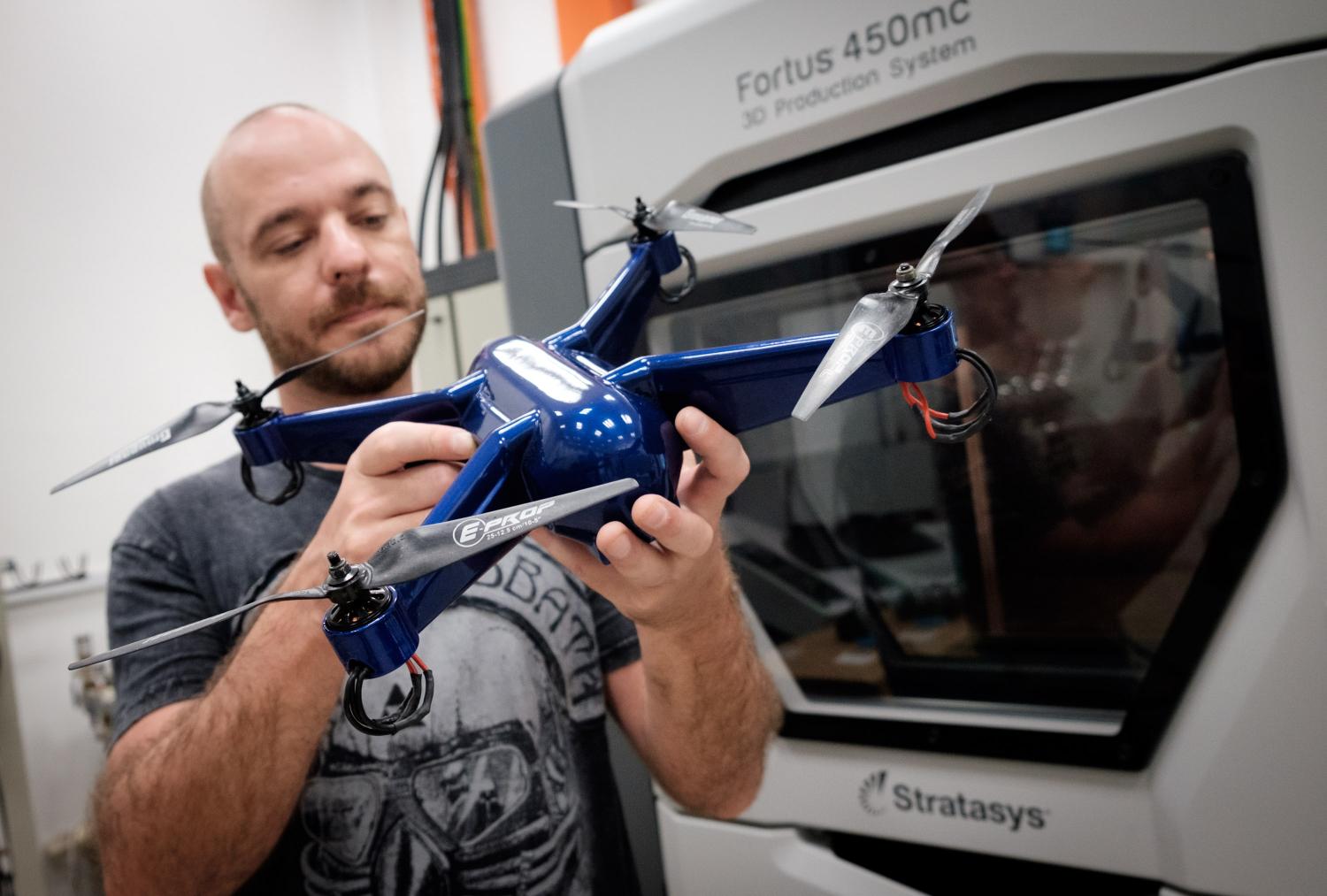Dec 11, 2016
China Set To Launch It’s Satellite Missile Test, What Does This Mean?
Posted by Karen Hurst in categories: military, satellites
With the ongoing number of China’s space mission, how important is this missile test that is believed to be capable of destroying enemy communications? If all goes according to plan, what will happen then? Find out what authorities have to say.
( Idf/Getty Images)
China is once again being put to the spotlight after it has revealed that they are preparing to launch their anti-satellite missile that is believed to have the ability of destroying satellites in space. Authorities of the said project says that this is definitely one of Beijing’s most potent asymmetric warfare weapons. one of Beijing’s most potent asymmetric warfare weapons. It was found that the US intelligence officials have already detected preparations for a test launch of the Dong Neng-3 which is due to take place at a military facility in central China. However, despite these information, riva; countries said that little is known about the missile and the satellite.
Continue reading “China Set To Launch It’s Satellite Missile Test, What Does This Mean?” »
















